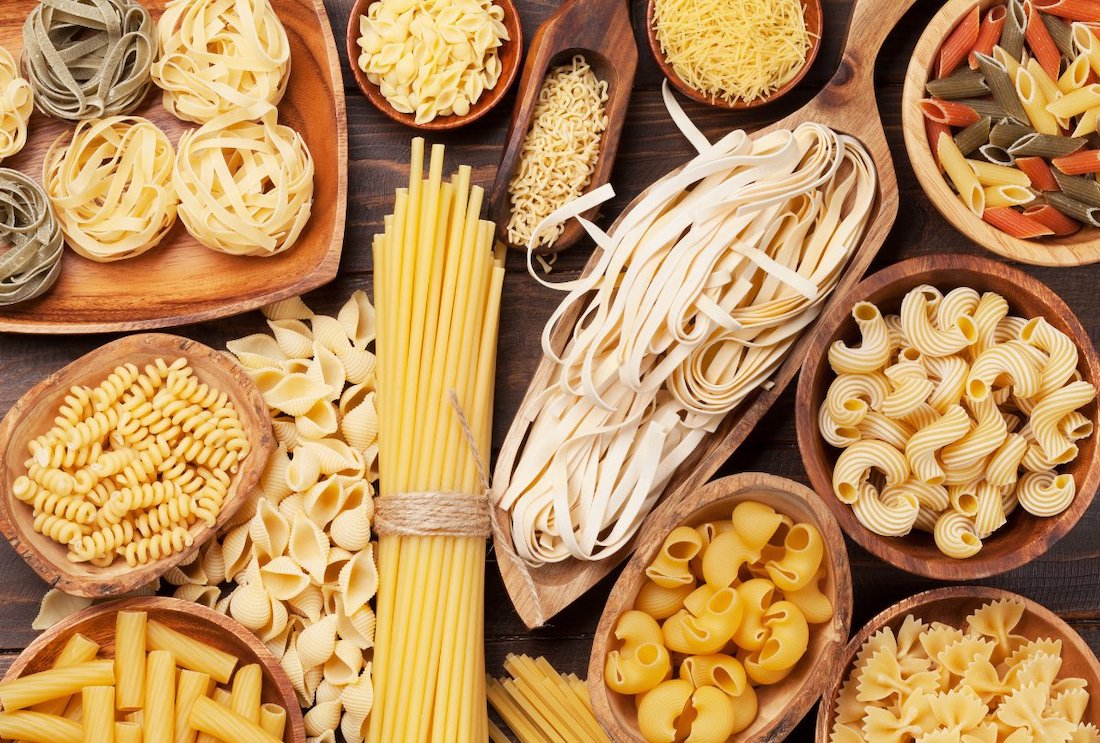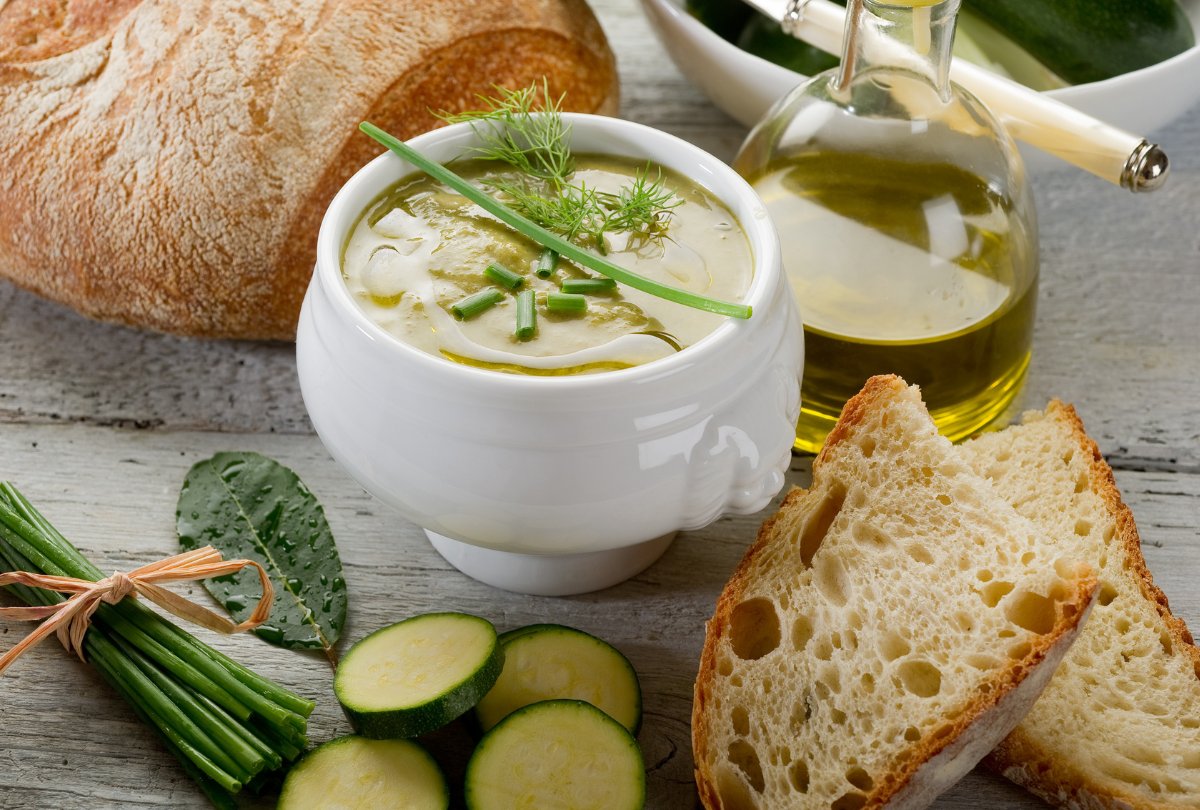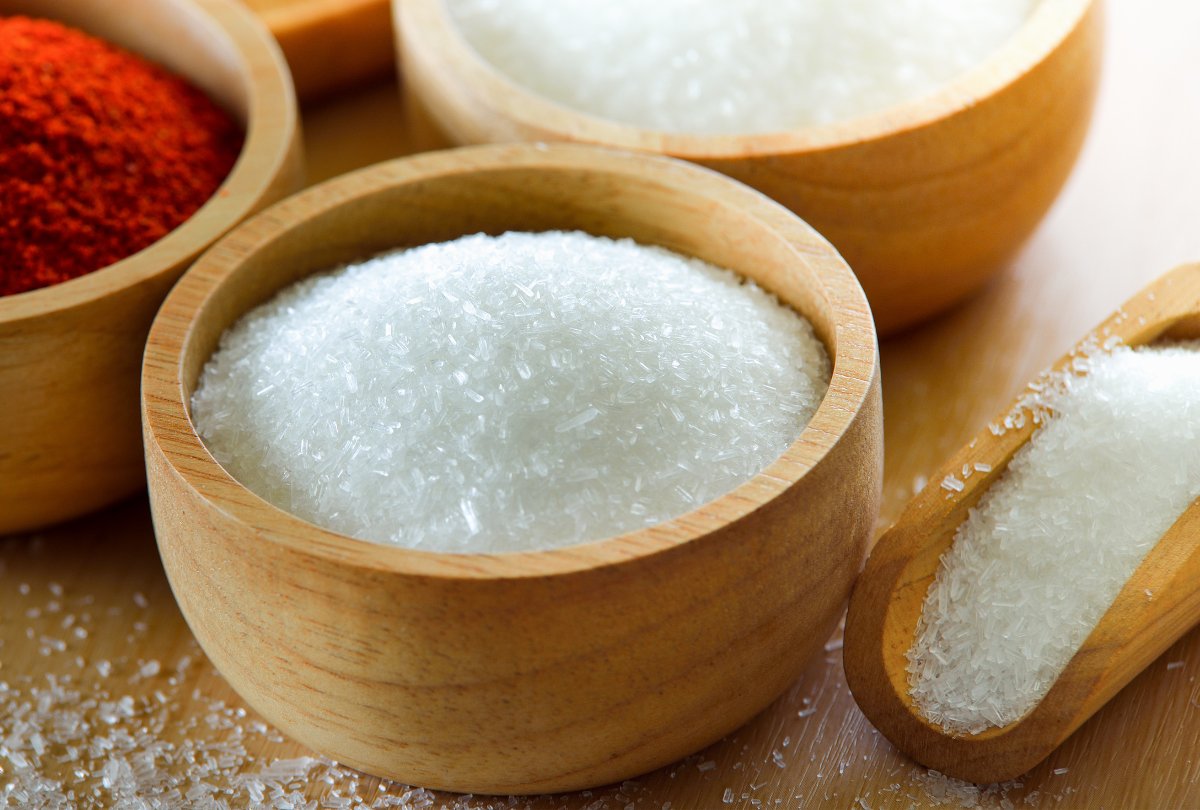Pasta is undoubtedly one of the world's most beloved and versatile dishes. It's an essential part of Italian cuisine and has spread to cuisines worldwide over the years. In this blog post, we delve into the world of pasta, its origins, and the dishes in which it shines.
Long pasta types
Long pasta is usually thin and long, and is often served with light sauces. Some common long pasta types include spaghetti, fettuccine, linguine, and pappardelle. Here are a few different types of pasta:

Spaghetti
Spaghetti is probably the most well-known type of pasta. It has a rich history and originated in Italy. Spaghetti is often served with tomato sauces, such as marinara or bolognese, and is also frequently paired with seafood.
Fettuccine
Fettuccine, which literally means "little ribbons," is a flat, wide pasta often associated with the Italian region of Lazio. Fettuccine is typically served with rich, creamy sauces like Alfredo, but it also pairs well with meat or mushroom sauces.
[product=pasta machine]
Make your own pasta!
[/product]
Linguine
Linguine, meaning "little tongues," is a flat, narrow pasta type often confused with fettuccine. Linguine originates from the Liguria region of Italy. It is often served with seafood, such as shrimp or mussels, and pairs well with light, oil-based sauces like pesto.
Pappardelle
Pappardelle is a wide, flat pasta variety originating from the Tuscany region. Its name comes from the Italian word "pappare," meaning "to swallow." Pappardelle is often served with rich, hearty sauces like ragù or game sauce, and is perfect for absorbing the flavors of the dish.
[product=pasta cooker insert]
Cooking delicious al dente pasta
[/product]
Short pasta types
Short pasta varieties are generally smaller and thicker, and can have a ribbed or smooth texture. They are ideal for holding sauces. Here are a few different types of pasta:

Fusilli
Fusilli is a spiral-shaped pasta that takes its name from the Italian word "fuso," meaning "spindle." Its unique shape makes it ideal for holding sauces and tossing with vegetables. Fusilli is often served with pesto, tomato sauce, or creamy sauces and is a popular choice for pasta salads.
Penne
Penne is a short, tubular pasta variety with slanted ends and ridged sides. Its shape makes it perfect for catching sauce. Penne is often served with tomato sauces, creamy sauces, or in baked pasta dishes, such as penne alla vodka or penne with chicken and broccoli.
Farfalle
Farfalle, also known as "butterfly pasta" or "bowtie pasta," is a short pasta with a distinctive shape resembling a butterfly or bow. Farfalle is often used in pasta salads and pairs well with light sauces, such as pesto or a simple tomato sauce.
Rigatoni
Rigatoni is a short, tubular pasta with straight ends and ridged sides. The ridges help the sauce stick well. Rigatoni is often served with hearty meat sauces, such as bolognese, or in baked pasta dishes, such as rigatoni al forno.
Stuffed pasta types
Stuffed pasta is exactly what the name suggests: pasta filled with a delicious filling. This filling can consist of meat, cheese, vegetables, or a combination of these. Ravioli, tortellini, agnolotti, and cannelloni are some well-known examples of filled pasta.
[product=electric pasta machine]
Make your pasta with this professional pasta machine!
[/product]
Ravioli
Ravioli is a square or round filled pasta dish that originated in Italian cuisine. The filling can consist of meat, cheese, vegetables, or a combination of these. Ravioli is usually served with a simple tomato sauce, butter sauce, or in broth.
Tortellini
Tortellini is a ring-shaped filled pasta dish originating from the Italian region of Emilia-Romagna. The filling is usually meat, cheese, or vegetables. Tortellini is often served with a creamy sauce, such as Alfredo, or in a simple tomato sauce. It can also be served in broth, as in the traditional Italian soup "tortellini en brodo."
Agnolotti
Agnolotti is a crescent-shaped filled pasta dish originating from the Italian region of Piedmont. The filling can vary, but usually consists of meat, cheese, or vegetables. Agnolotti is often served with a simple butter sauce or a sauce based on meat gravy.
Cannelloni
Cannelloni is a tube-shaped filled pasta used to make pasta rolls. The filling can include meat, cheese, spinach, or other ingredients. Cannelloni is usually served with a rich tomato sauce and cheese, and is often baked in the oven.
Different types of pasta: special variations

Finally, there are some special pasta varieties that don't fit into the other categories. These are pasta with unique shapes, textures, or cooking methods, such as lasagna, gnocchi, bucatini, and capellini.
Lasagna
Lasagna is a flat, wide type of pasta used to make the dish of the same name. It consists of layers of pasta, meat sauce, béchamel sauce, and cheese, baked together to create a delicious casserole. Lasagna originated in Italian cuisine but has also become popular in other cultures.
Gnocchi
Gnocchi are small, soft dough balls typically made from potatoes, flour, and egg. Although technically not pasta, gnocchi is often categorized as such due to its preparation method and use in dishes. Gnocchi is typically served with a simple sauce, such as tomato sauce, pesto, or sage butter sauce.
Bucatini
Bucatini is a long, hollow pasta dish resembling thick spaghetti. It originates from the Italian region of Lazio. Bucatini is often served with a rich tomato sauce, such as amatriciana or carbonara, and is perfect for soaking up sauce through its hollow center.
Capellini
Capellini, also known as "angel hair," is a very thin, delicate variety of pasta that cooks quickly. It's often served with light, simple sauces, such as a simple tomato sauce or one made with oil and garlic.
The world of pasta is rich and varied, with a wealth of flavors, textures, and combinations to explore. Choosing the right pasta for each dish is crucial for achieving the perfect harmony of flavors and textures. We hope this in-depth exploration of the different types of pasta inspires you to try new dishes and broaden your culinary horizons.
Frequently asked questions about pasta
Different types of pasta: what are the differences?
The main differences between pasta types are their shape, texture, and size. These characteristics determine which sauces and ingredients complement the pasta best.
How do you choose the right pasta for your dish?
Choose your pasta based on the sauce and ingredients you plan to use. Long, thin pastas are suitable for light sauces, while short, thick pastas are best suited to heavier sauces. Stuffed pastas are ideal for dishes with a rich filling, and special pasta varieties have unique uses.
What are the most popular sauces for different types of pasta?
Some popular sauces include tomato sauces (such as marinara or bolognese), creamy sauces (such as Alfredo), pesto, and oil- and garlic-based sauces. The right sauce depends on the type of pasta and the flavors you want to emphasize.
What are some lesser-known pasta varieties worth trying?
Some lesser-known pasta varieties include orecchiette, gemelli, trofie, and cavatappi. These pasta varieties have unique shapes and textures that create interesting flavor combinations.
How do you properly store different types of pasta to maintain quality?
Dry pasta should be stored in an airtight container in a cool, dry place. Fresh pasta should be kept in the refrigerator, tightly covered, and can be stored for several days. If you want to store the pasta longer, you can freeze it in an airtight container.



1 comment
Veronique Van den Bogaerd
Hallo,
Ik heb gisteren op tv pasta gezien dat een bijzonder gelijkenis heeft met
parel couscous. Is dit hetzelfde of bestaat er echt een pasta in kleine bolletjes?
Bedankt
Mvg,
Veronique
Leave a comment
This site is protected by hCaptcha and the hCaptcha Privacy Policy and Terms of Service apply.